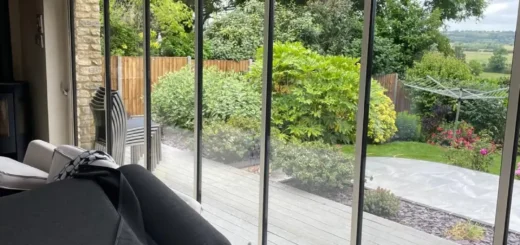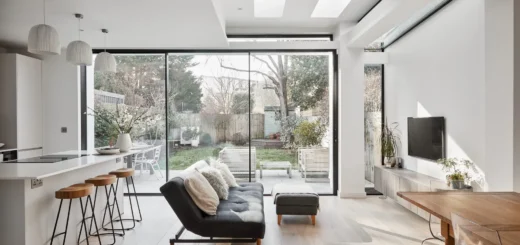Sliding Internal Doors with Glass: Complete Buyer’s Guide
Table of Contents
The Ins and Outs of Internal Sliding Glass Doors
Sliding internal doors with glass offer a clever way to divide spaces without sacrificing light or openness. These doors glide smoothly along tracks, allowing you to adjust room layouts with ease. Unlike traditional hinged doors, sliding internal glass doors don’t swing open, which saves valuable floor space—perfect for smaller homes or areas where every square foot counts.
How They Work
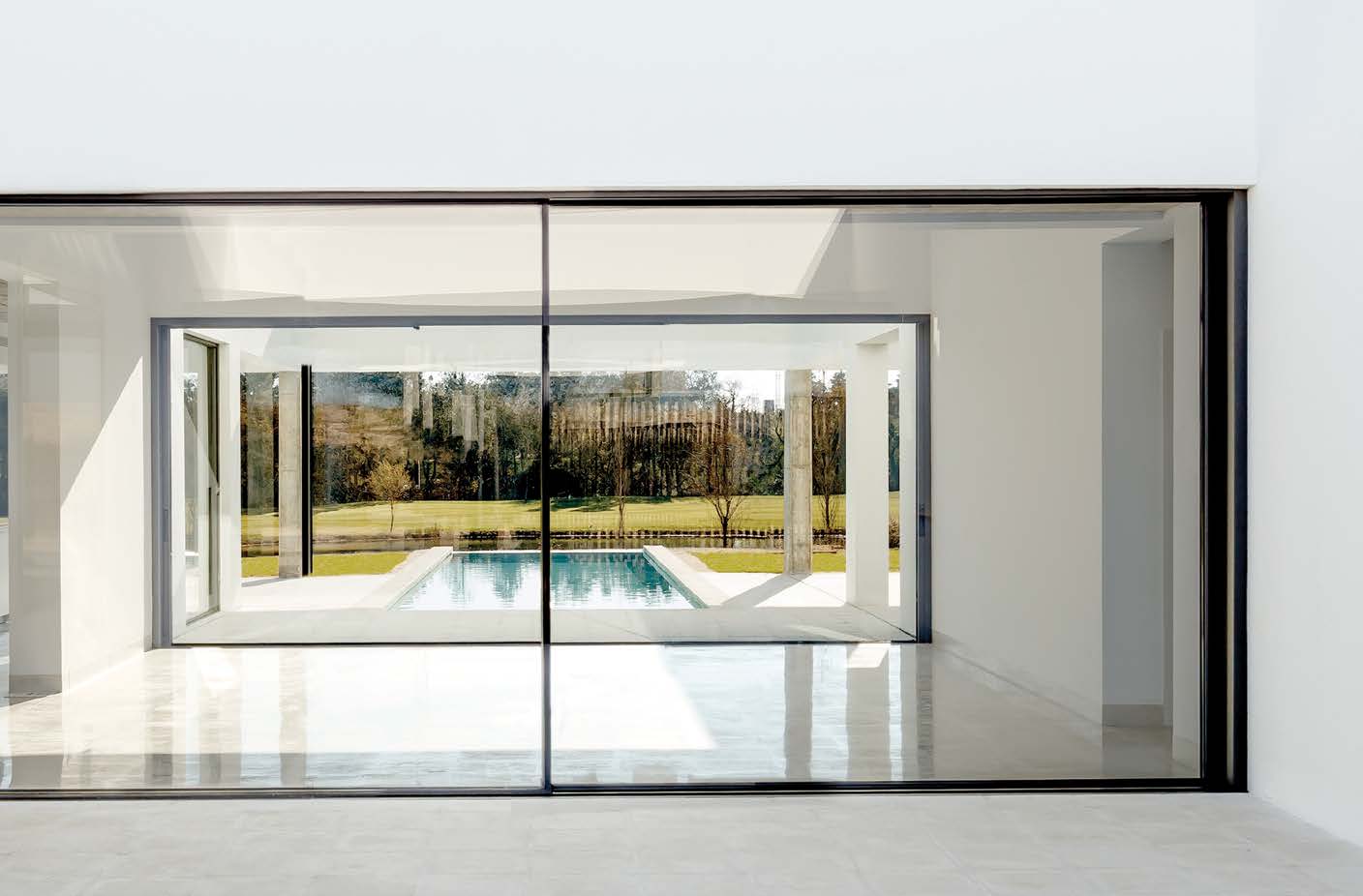
The magic of sliding internal doors with glass lies in their simple yet effective mechanism. A sturdy track system, typically mounted at the top of the doorway, supports the weight of the door. Some designs also feature a bottom track for added stability. The door itself hangs from rollers or wheels that fit into this track, allowing for smooth movement back and forth. Internal sliding glass doors come in various configurations. Single doors slide along one side of the opening, while double doors part in the middle, each sliding to opposite sides. For larger openings, multiple panels can stack neatly against each other when fully opened.
Pocket Door Systems
A variation on the standard sliding door is the pocket door system. Here, the glass sliding internal door disappears completely into a cavity within the wall when opened. This setup provides a clean, unobstructed look but requires specific wall construction to accommodate the pocket.
Materials used in Internal Sliding Doors with Glass
The glass used in internal sliding glass doors varies widely, offering different levels of privacy and style. Clear glass lets in maximum light and creates a sense of openness, while frosted or textured glass provides privacy without blocking light completely. Tinted glass can add a touch of colour and reduce glare.
For the frames, aluminium is a popular choice due to its strength and slim profile. It’s lightweight yet durable, allowing for larger glass panels. Wooden frames offer a warmer look and can be painted or stained to match your interior. Some modern internal sliding doors feature ‘frameless’ glass doors for a minimalist aesthetic, using discrete fittings to hold the glass in place.
Where to Use Internal Sliding Doors with Glass
Sliding internal doors with glass offer flexibility in various parts of the home. Their ability to divide spaces without blocking light makes them a popular choice for many rooms. From creating temporary partitions to serving as stylish storage solutions, glass internal sliding doors adapt to diverse living arrangements.
Kitchen-Diner Dividers
In open-plan homes, sliding internal doors with glass can separate cooking and dining areas while maintaining a sense of spaciousness. During meal prep, close the doors to contain cooking odours and noise. When entertaining, slide them open to create a flowing space for guests to mingle. These doors allow you to switch between intimate family dinners and larger gatherings with ease.
Internal sliding doors with glass between kitchen and dining areas also help with temperature control. Keep the cooking heat contained in summer, or let it spread to warm the dining area in winter. The transparency of the glass ensures the cook doesn’t feel isolated, even when the doors are closed.
Home Offices
As more people work from home, creating a dedicated workspace has become essential. Internal sliding doors with glass offer an ideal solution for carving out a home office. They provide a physical boundary to separate work and living spaces, helping to maintain a healthy work-life balance.
During video calls, close the internal sliding glass doors to reduce background noise and distractions. When the workday ends, open them to reintegrate the space with the rest of your home. The glass allows natural light to flow through, preventing the office from feeling cramped or isolated.
Wardrobes
Bedroom storage gets a sleek upgrade with sliding internal doors with glass. These doors make excellent wardrobe fronts, allowing you to see your clothing at a glance while keeping everything tidy and dust-free. Opt for frosted or tinted glass for a more discreet look that still lets light filter through.
Sliding internal glass doors on wardrobes can make a small bedroom feel larger by reflecting light and creating the illusion of more space. They’re particularly useful in loft bedrooms with sloped ceilings, where traditional hinged doors might be impractical.
Loft Living
Speaking of lofts, sliding internal doors with glass are ideal for attic conversions. They’re lighter than traditional doors, putting less strain on potentially delicate structures. In areas with limited headroom, such as under the eaves, these doors don’t require swing space, making them a practical choice.
Use internal sliding glass doors to partition off sleeping areas in a loft bedroom while keeping the space feeling open and airy. For loft bathrooms, frosted glass doors provide privacy without blocking precious natural light. The tracks can be fitted to follow the angle of a sloped ceiling, ensuring a snug fit in these uniquely shaped spaces.
Sliding Internal Glass Doors for Every Style of Home
Sliding internal doors with glass adapt to various architectural styles, offering a range of design possibilities. From sleek modern interiors to character-filled period homes, the key lies in choosing the right combination of glass type, frame material, and hardware to match your home’s unique character.
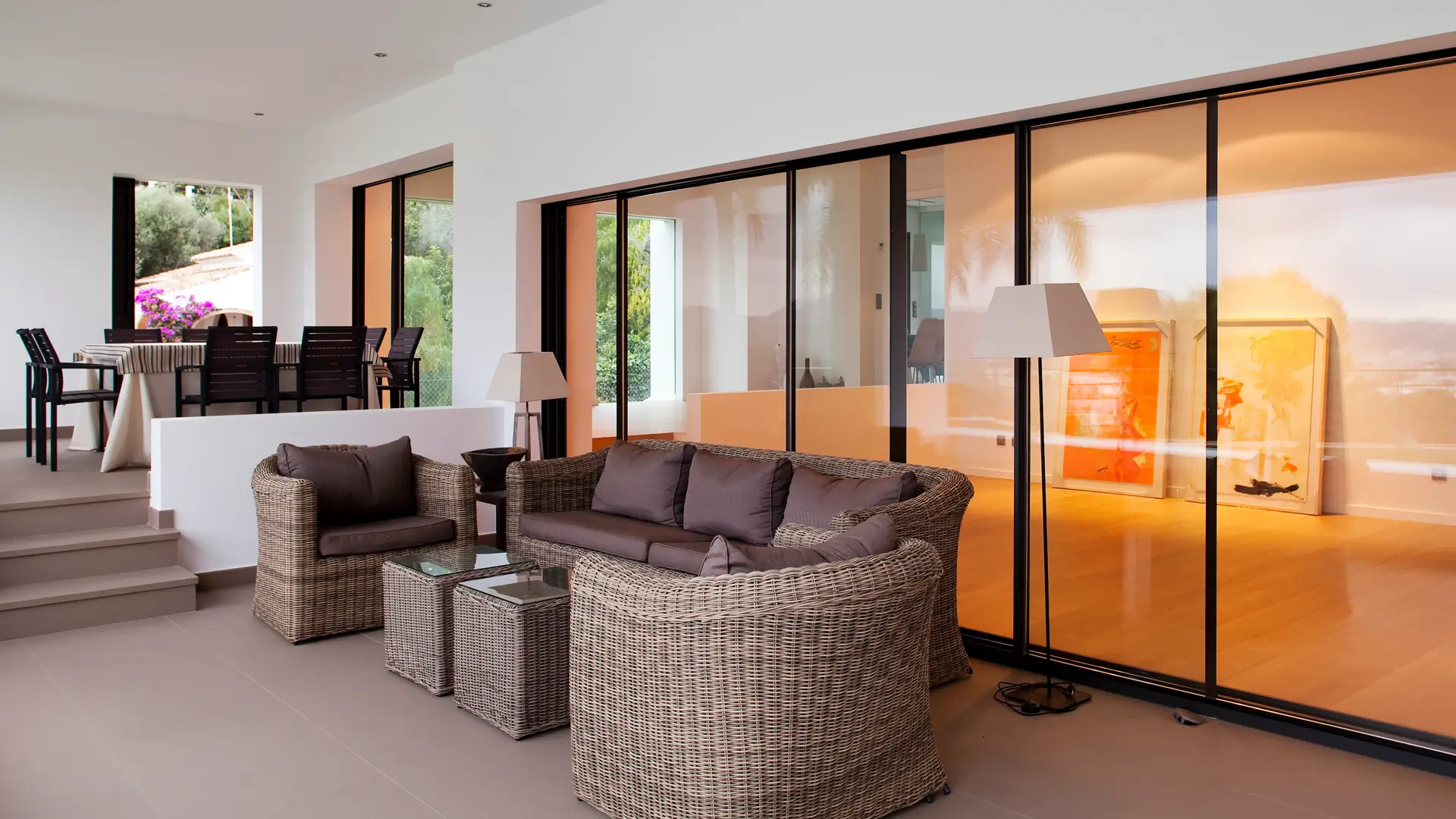
Modern Homes
In contemporary homes, internal sliding doors with glass often feature clean lines and minimal framing. Frameless designs, where large glass panels seem to float between spaces, create a striking visual effect. These doors can span floor to ceiling, allowing maximum light flow and fostering a sense of openness.
For a modern twist, consider smoked or tinted glass. Sliding internal doors with glass in subtle grey or bronze hues add depth to a space while maintaining the minimalist aesthetic. Pair these with slim-profile aluminium frames in a matching finish for a cohesive look.
Victorian Homes
Contrary to what you might think, sliding internal doors with glass can work beautifully in period properties. In Victorian homes, consider using these doors to separate a front living room from a rear dining room, maintaining period layout while improving light distribution.
To honour the home’s heritage, opt for glass internal sliding doors with divided light patterns that echo traditional sash windows. Choose wooden frames painted in heritage colours, or go for a natural wood finish to match original floorboards or exposed beams. Decorative glass patterns, such as etched designs or stained glass panels, can add a touch of Victorian elegance.
Rustic or Country Style
In country-style or rustic interiors, glass sliding internal doors can provide a modern touch without clashing with the overall aesthetic. Barn-style sliding door hardware, with its characteristic large rollers and rustic metal finish, works well in these settings, as do heritage aluminium doors.
Combine this hardware with wooden-framed glass doors for a look that balances traditional and contemporary elements. Sliding internal doors with glass can separate a kitchen from a pantry or utility room in a farmhouse-style home, maintaining the rustic charm while improving the flow between spaces.
Industrial Style
For loft apartments or homes with an industrial vibe, sliding internal doors with glass offer many design possibilities. Metal-framed doors with large panes of glass echo factory windows, fitting perfectly with the industrial aesthetic. Black steel frames provide a bold contrast against white walls, becoming a standout feature.
Glass internal sliding doors in these spaces often incorporate textured or wire-reinforced glass, adding visual interest and a nod to the industrial heritage. For a softer industrial look, combine clear glass panels with reclaimed wood frames, creating a warm contrast to exposed brick or concrete surfaces.
Furniture Placement Around Sliding Internal Doors with Glass
Arranging furniture around sliding internal doors with glass requires thoughtful planning to make the most of your space. The right layout can improve traffic flow, light distribution, and the overall feel of your rooms. By considering how these doors operate, you can create a setup that’s both practical and visually appealing.
Leaving Space
When positioning furniture near glass internal sliding doors, think about how people move through the space. Leave a clear path for the doors to open fully without obstruction. This might mean keeping larger pieces like sofas or dining tables a bit further back from the doorway.
For sliding internal doors with glass that separate living areas, consider creating distinct zones on either side. A cosy reading nook with a comfortable armchair and floor lamp on one side could complement a more social seating arrangement on the other. This approach allows you to use the doors to switch between private and communal spaces as needed.
Light and Layout
Glass sliding internal doors let natural light flow between rooms, so furniture placement should take advantage of this feature. Position desks or dining tables where they can benefit from the increased light when the doors are open. Avoid tall bookcases or cabinets that might block light from passing through the glass.
Sliding internal doors with glass can also act as a backdrop for your furniture. A striking piece of artwork or a statement chair placed near the doors can create a focal point, especially when the glass reflects natural light. Remember that these doors essentially become part of your wall when closed, so consider their visual impact in both open and closed positions.
Dual-Purpose Areas
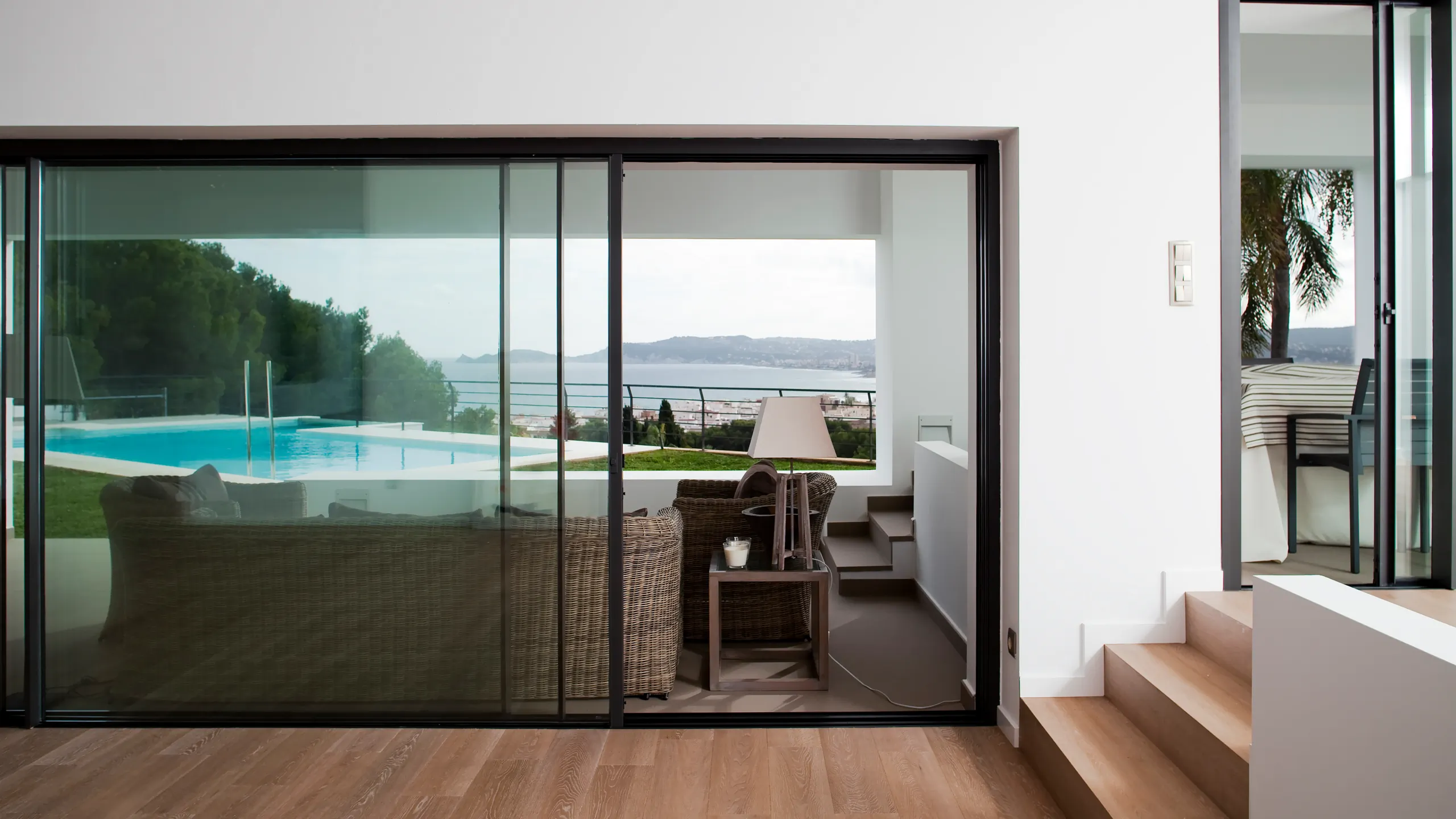
Internal sliding doors with glass excel at creating flexible, multi-use areas. In a home office that doubles as a guest room, for example, a daybed or sofa bed placed perpendicular to the doors allows for easy transformation between work and sleep spaces. When guests arrive, simply close the glass sliding internal doors for privacy.
For open-plan kitchens, use the sliding doors as a divider between cooking and dining areas. Place a kitchen island or prep table on one side, with the dining table on the other. This arrangement allows you to close off the kitchen when entertaining, keeping mess out of sight while still maintaining visual connection through the glass.
Storage
Incorporating storage around sliding internal doors with glass requires clever thinking. Low-profile cabinets or sideboards work well along the walls adjacent to the doors, providing useful storage without impeding the doors’ operation. These pieces can also serve as display areas for decorative items, visible through the glass even when the doors are closed.
For a sleek look, consider built-in storage that integrates with your glass internal sliding doors. Custom shelving units or wardrobes can be designed to sit flush with the door frame. This approach works particularly well in bedrooms or home offices, where organisation and style are equally important.
Comparing Options
Glass vs Solid
While this guide focuses on sliding internal doors with glass, it’s worth comparing them to solid alternatives. Glass doors allow light to flow between spaces, creating a sense of openness. They’re ideal for smaller homes or areas where natural light is at a premium. Solid doors, on the other hand, offer complete privacy and better sound insulation.
Glass sliding internal doors come in various types, each with unique properties. Clear glass provides maximum light transmission but minimal privacy. Frosted or textured glass offers a balance, allowing light through while obscuring the view. For a middle ground, consider glass with adjustable opacity, which can switch between clear and opaque at the flick of a switch.
Single vs Double
The choice between single and double sliding internal doors with glass often depends on the size of your doorway and how you plan to use the space. Single doors are suitable for smaller openings and can be a cost-effective option. They slide to one side, requiring clear wall space on that side when open.
Double glass internal sliding doors, which part in the middle, work well for larger openings. They create a grander entrance when fully open and can divide larger spaces more effectively. However, they require clear wall space on both sides of the opening. Some homeowners opt for multiple panels that stack when open, offering even more flexibility in how the space is divided.
Frames and Finishes
The framing of sliding internal doors with glass plays a major role in their overall look and durability. Aluminium frames are popular for their strength and slim profile, allowing for larger glass panels. They come in various finishes, from brushed metal to powder-coated colours, to match your decor.
Wooden frames offer a warmer, more traditional look and can be painted or stained to suit your style. For a modern twist, some glass sliding internal doors feature a combination of wood and metal, marrying warmth with contemporary design. Frameless options create a sleek, minimal look, with the glass taking centre stage.
Internal Sliding Glass Doors FAQ
What are sliding internal doors?
Interior sliding doors are movable partitions that glide along a track to open and close, rather than swinging on hinges. Internal sliding doors with glass feature transparent or translucent panels, allowing light to pass through while dividing spaces. These doors are popular for their space-saving design and ability to create flexible living areas.
How do glass sliding internal doors work?
Internal sliding doors with glass operate on a track system, typically mounted at the top of the doorway. The door hangs from rollers or wheels that fit into this track, allowing for smooth movement back and forth. Sliding internal glass doors can be designed to slide along one side of the opening (single door) or part in the middle (double doors), depending on the available space and desired functionality.
What types of glass can be used in internal sliding doors?
Internal sliding doors with glass can incorporate various glass types to suit different needs. Clear glass offers maximum light transmission, while frosted or textured glass provides privacy. Toughened safety glass is often used for durability and security.
What’s the difference between framed and frameless sliding glass doors?
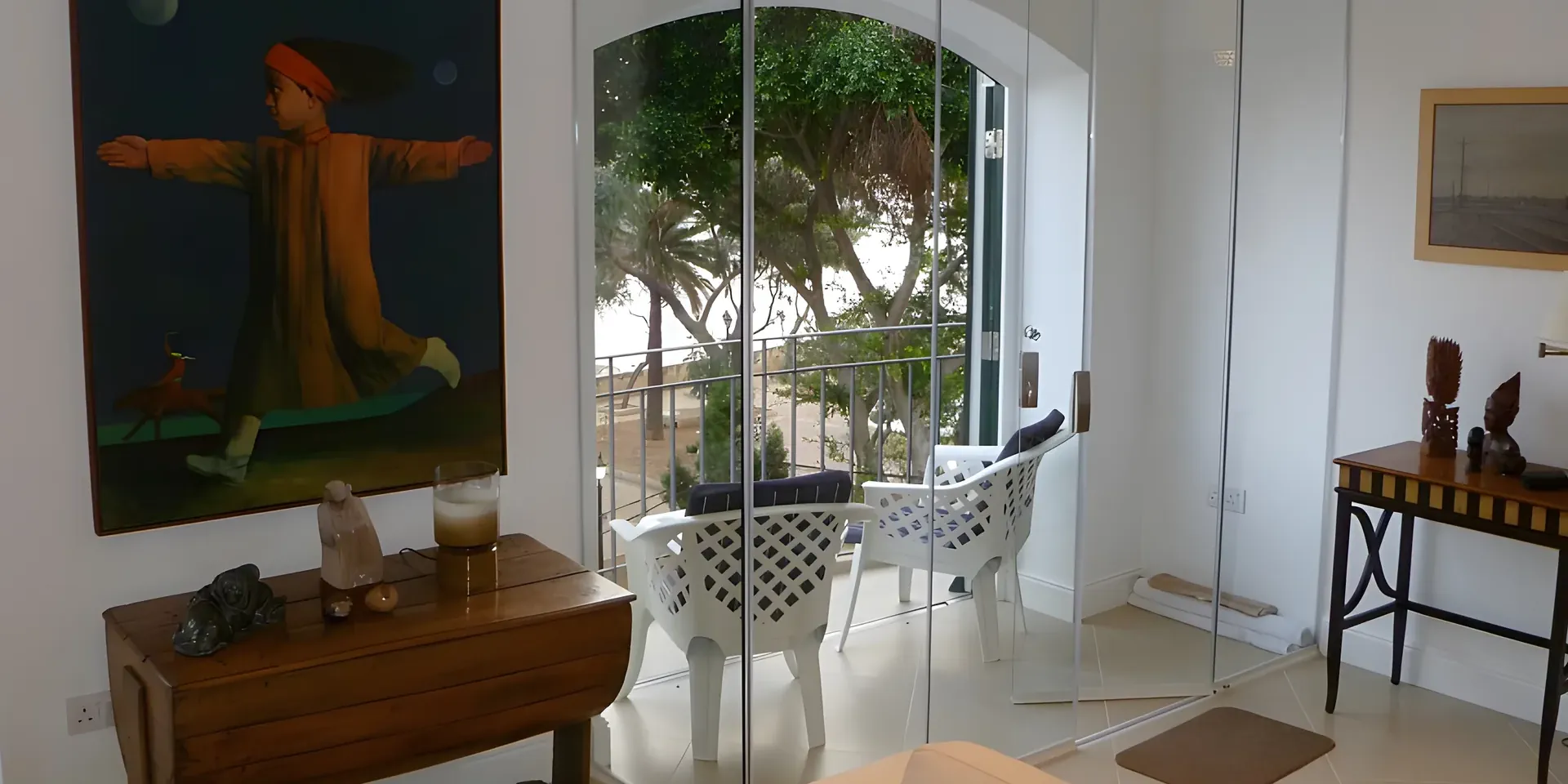
Internal sliding doors often feature frameless designs for a sleek, minimalist look. These doors have minimal visible hardware, with glass panels seemingly floating in the opening. Framed internal sliding doors with glass, on the other hand, have a visible frame around the glass panels. Framed doors often offer more stability and can be easier to seal, while frameless doors maximise the glass area for an unobstructed view.
What are pocket doors, and how do they differ from standard sliding doors?
Pocket doors are a type of sliding door that disappears into a cavity within the wall when fully open. Unlike standard sliding doors that remain visible when open, pocket doors provide a completely unobstructed doorway. However, pocket doors require specific wall construction to accommodate the door cavity, making them more complex to install in existing homes.
Can I have sliding glass doors between my kitchen and living room?
Glass living room internal sliding doors are an excellent choice for separating kitchen and living areas. They allow you to divide the spaces when needed, such as containing cooking odours, while maintaining visual connection and light flow. These doors can create a flexible, open-plan feel when opened, and provide a stylish partition when closed, suiting various interior design styles.
What’s the best frame material for sliding glass doors?
The best frame material for internal sliding doors with glass depends on your specific needs and style preferences. Aluminium frames are popular for their strength, slim profile, and variety of finishes. Wood offers a warm, traditional look and can be painted or stained. uPVC is a low-maintenance, cost-effective option. For a modern, minimalist look, frameless systems using high-quality glass and discrete fittings are also available.
Can I have tinted glass in my internal sliding doors?
Yes, internal sliding doors with glass can incorporate tinted glass. Tinted glass can reduce glare, provide UV protection, and add a touch of colour to your interior design. It’s available in various shades, from subtle grey or bronze to more vibrant hues. However, keep in mind that tinted glass may slightly reduce light transmission compared to clear glass.
What’s the difference between sliding internal glass doors and internal bifold doors?
The main difference between sliding doors vs bifold doors lies in their opening mechanism and space requirements. Sliding doors glide along a single track, parallel to the wall, requiring clear wall space on one or both sides when open. Bifold doors, consisting of multiple panels that fold accordion-style, need less wall space but more clearance perpendicular to the wall. Sliding doors often offer a more unobstructed view when closed, while bifold doors can open up a larger portion of the wall when fully opened.
About SunSeeker Doors
With over 20 years of experience, SunSeeker Doors remains at the forefront of door design with our quality-tested patio doors and related products, including the bespoke UltraSlim aluminium slide and pivot door system, Frameless Glass Doors, and Slimline Sliding Glass Doors. All of our doors are suitable for both internal and external use.
To request a free quotation, please use our online form. You may also contact 01582 492730, or email info@sunseekerdoors.co.uk if you have any questions.


